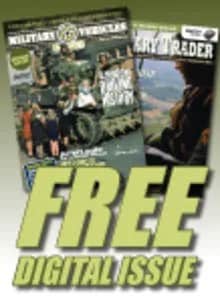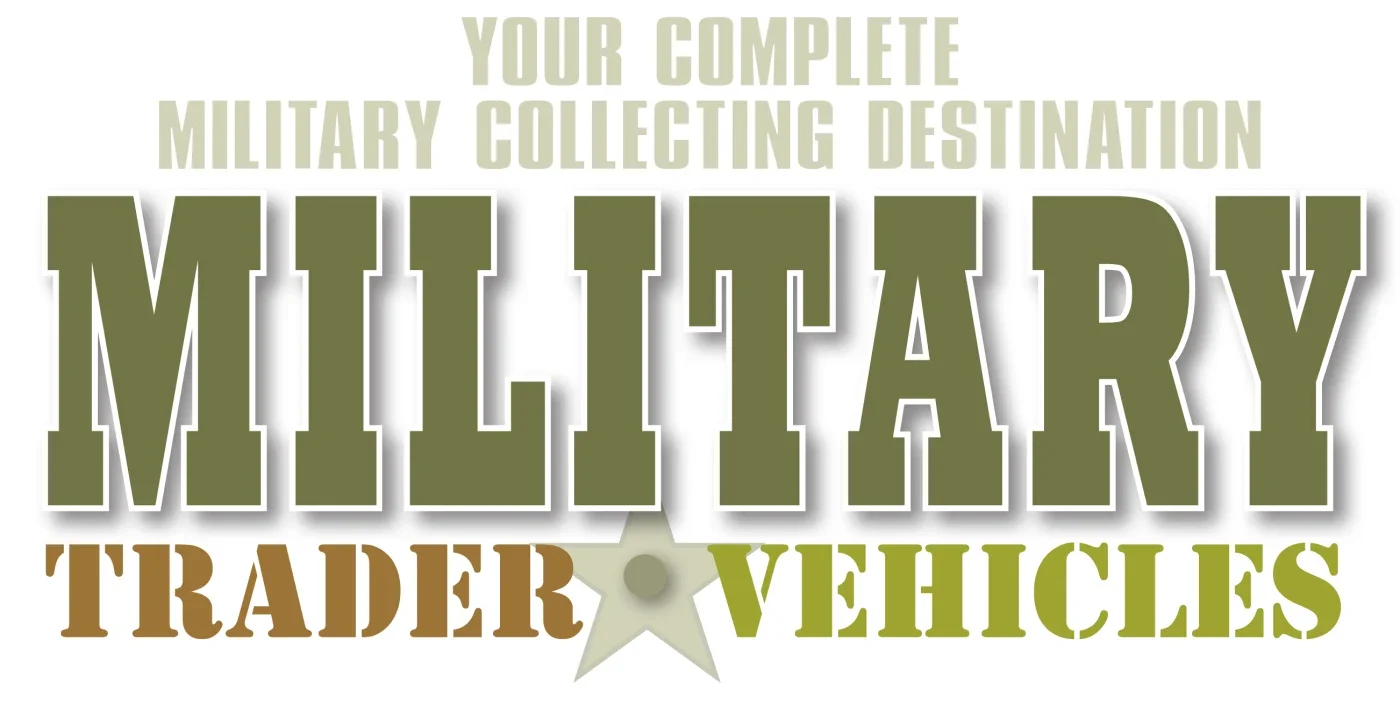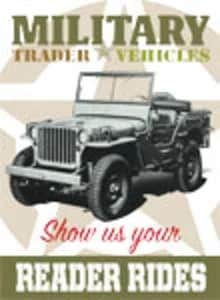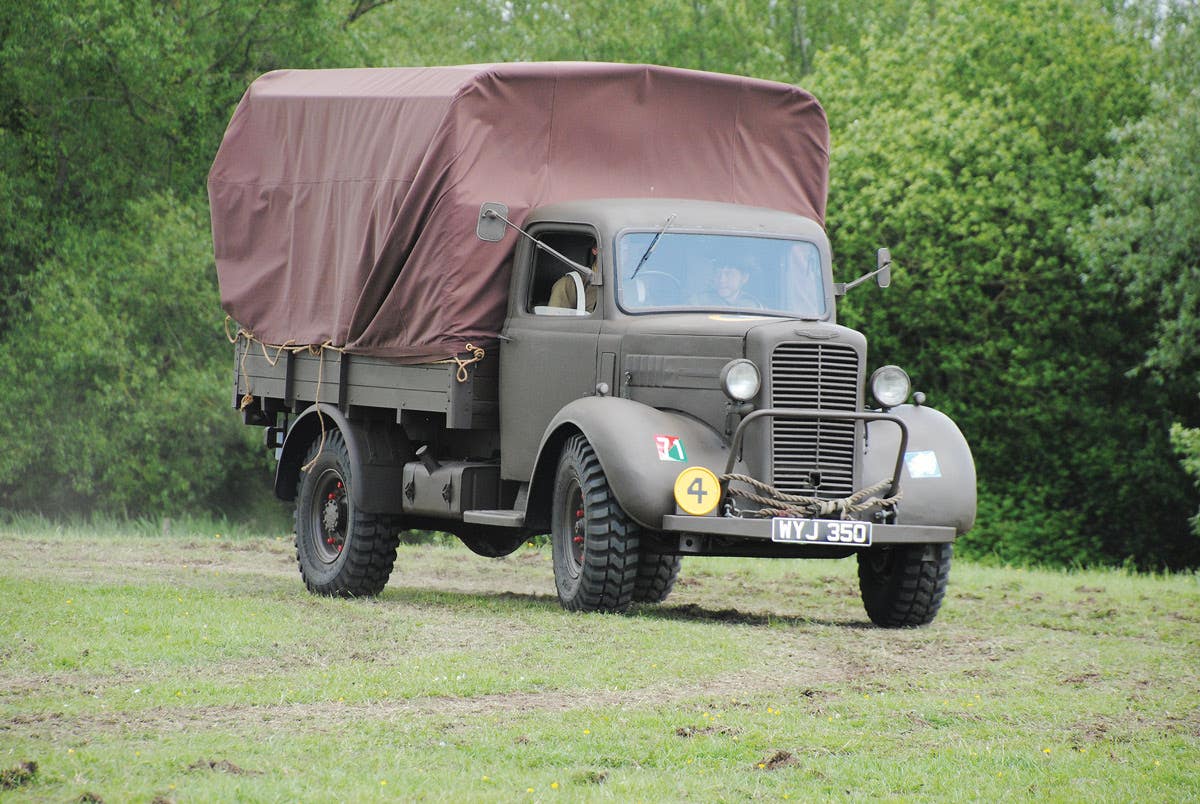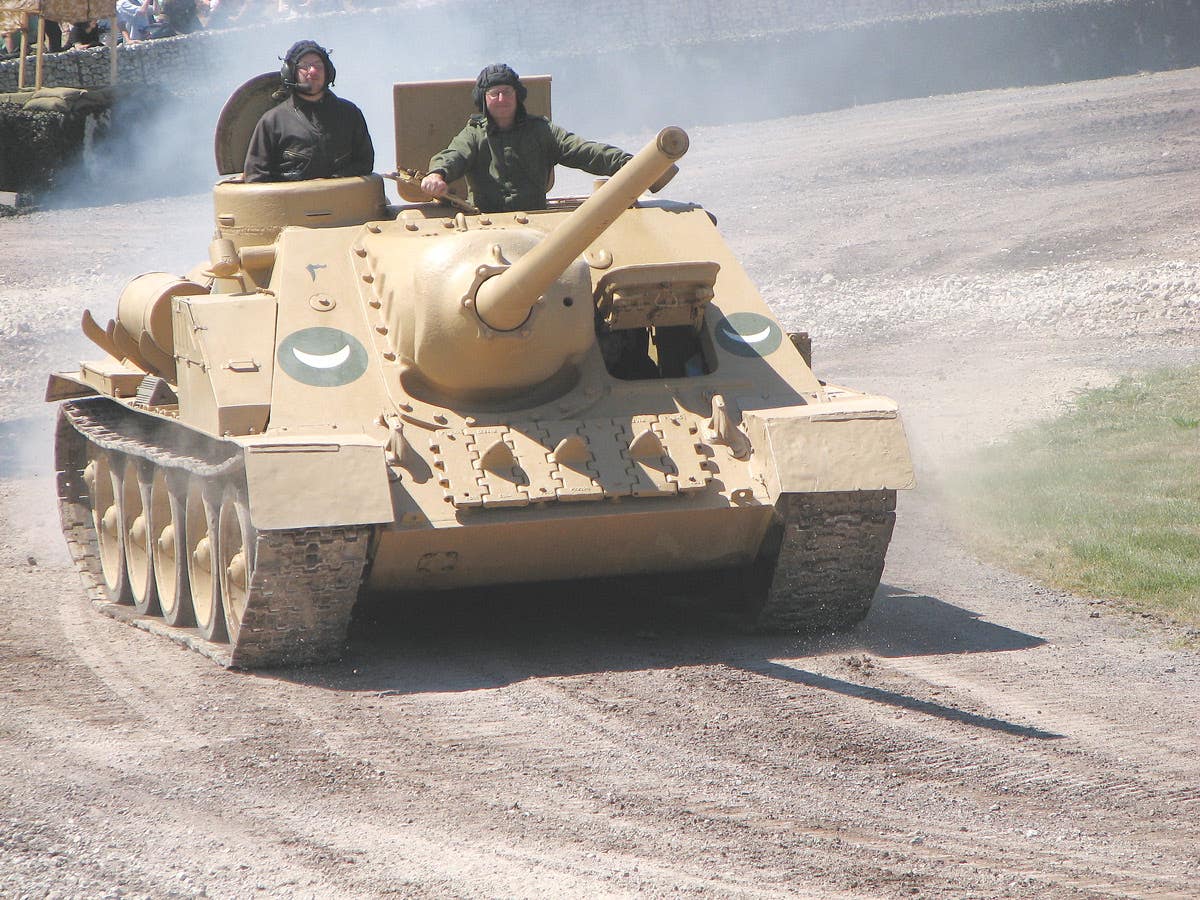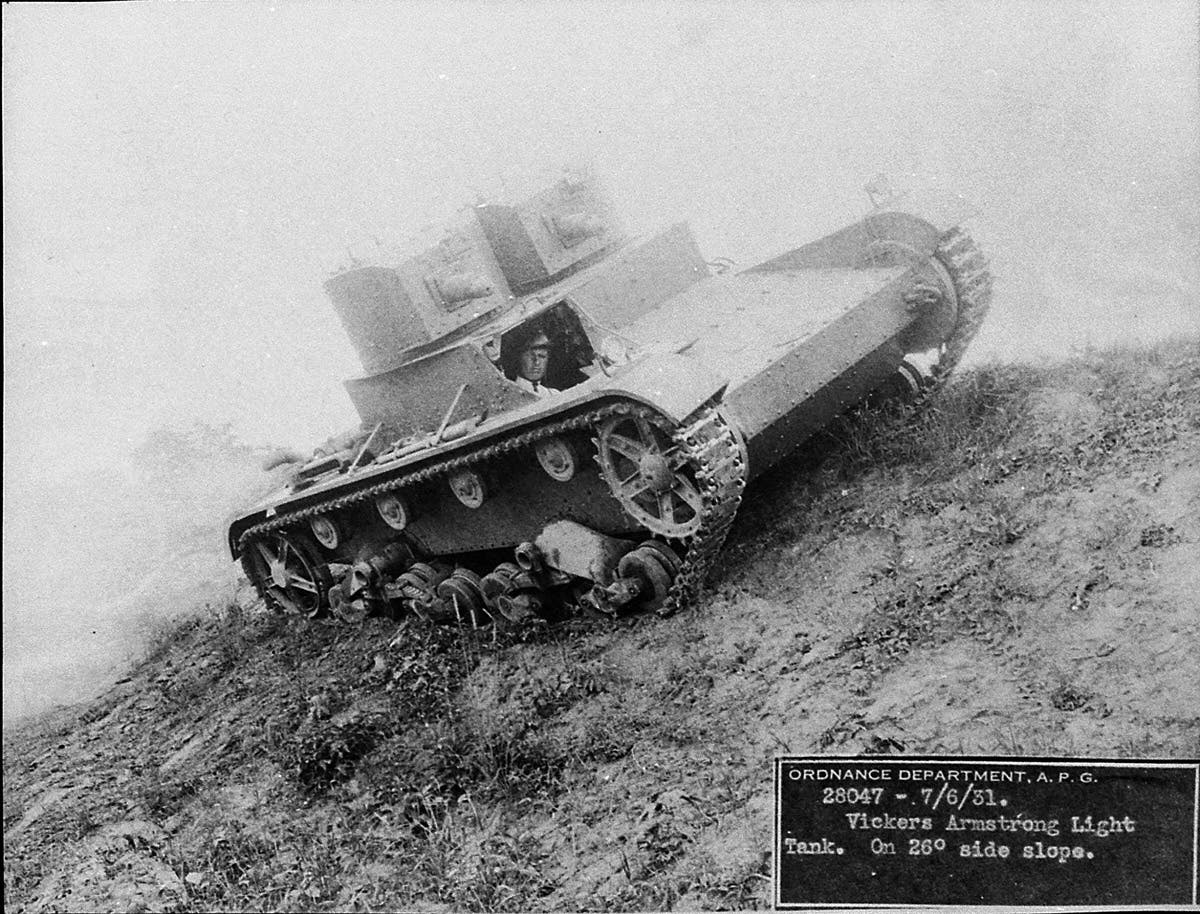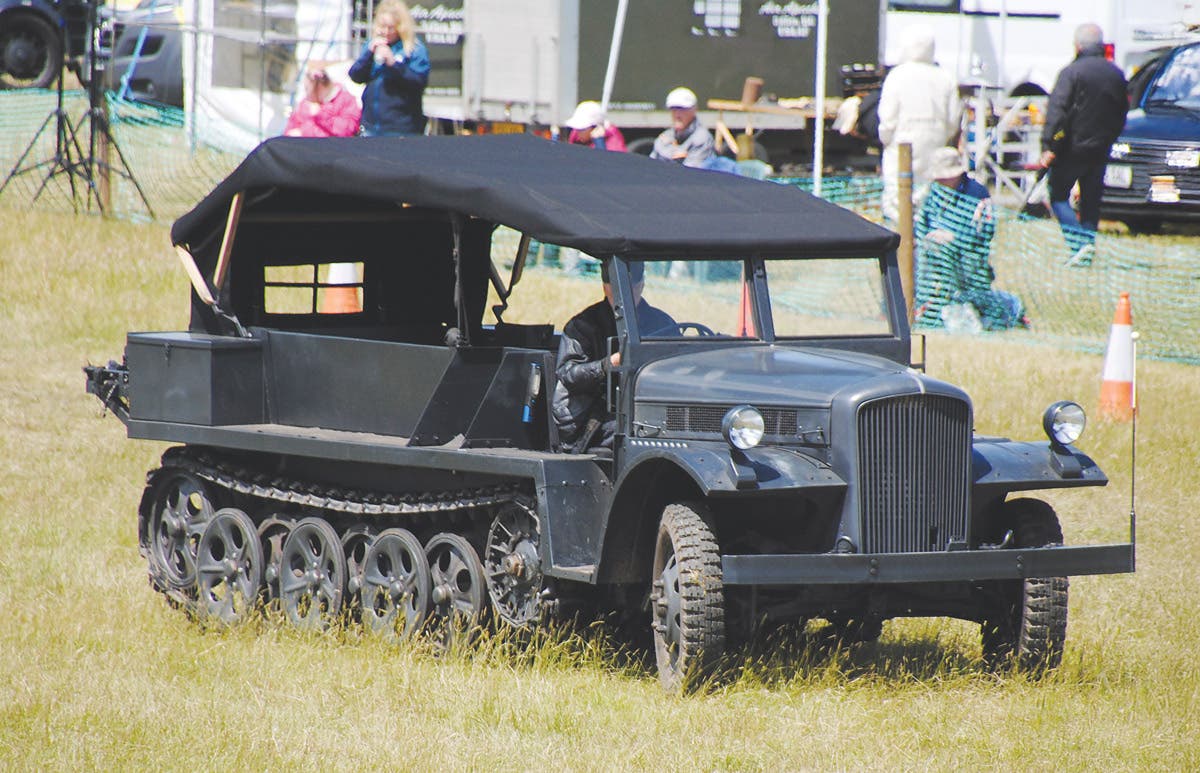The STUG III: The last in the line of tracked AFVs, and a Wermacht battlehorse
The first examples of the “StuG III” had entered service in February 1940 and over the next 19 months, until September 1941, five Ausfuhrung models A to E were produced.
In early 1943, a number of German units serving on the Russian Front began to receive new versions of the SdKfZ 142/1, known as the Sturmgeschutz III. These were the Ausfuhrung G (Model G) versions of the vehicle which had been in service since February 1940, through models A to F and were a tried and well proven design in battle. In fact, these versions had taken part in campaigns from France in 1940 to the Balkans in 1941, North Africa in 1942 and Italy in 1943. This latest version was being deployed in readiness for the launch of the German summer offensive given the title “Operation Zitadelle” (Citadel) with the intention of cutting out the Russian salient that bulged westward by using a pincer movement to envelop and destroy the enemy’s position around the area of Kursk.
The German attack commenced on July 5, 1943, and would eventually involve over 2,900 armored vehicles of all types, including tanks and 28 detachments equipped with StuG III and some versions of the new Ausf G type. After a week the assault was beginning to run out of steam, something which was noticed by the Russians. Sensing the moment was right, General Georgy Zhukov, commanding the campaign, ordered the counter-offensive to be launched on July 12. It was code named “Operation Kutusov”, and the engagement developed into the largest tank battle in history and became known to the world as the Battle of Kursk. Fighting lasted for several weeks, finally concludin on August 23. By then the Russians had committed some 7,360 armored vehicles of all types. With such an overwhelming advantage in numbers, the engagement was a one-sided affair in favor of the Russians.
such as the commander’s cupola, gun shield for the MG34 machine gun, and Saukopf gun mantlet. John Norris
The design of the new German vehicle could be traced back to 1935, as the country was re-arming, when General Erich von Manstein proposed the idea for a specialist armored vehicle armed with a 75mm gun to accompany infantry units and provide support during an attack. Referred to as “sturmartillerie”, it would not be fitted with a turret in the traditional sense of a tank, but have its main armament mounted directly into the hull to fire forward over a limited traverse.
In June 1936, Daimler-Benz began work on a design for the proposed new vehicle which would be based on the chassis of the tried and proven Panzer III that was in series production.
The following year, Daimler-Benz sub-contacted the Berlin-based company of Alkett, which was already engaged in the production of Panzer III tanks, suggesting it should prepare prototypes of the new design using five examples of the Ausf F Panzer III with modified superstructure for field trials. The gun chosen for mounting into the vehicles was the short-barrelled Krupp 7.5cm StuK 37 L/24, a low-velocity weapon being fitted to the Panzer IV tank. The trials were concluded in January 1940 and resulted in the design being accepted for service. It would be known as the Gepanzerter Selbstfahrlafette fur Sturmgeschutz 7.5cm Kanone Ausf. A (Armored Self-Propelled Carriage for Assault Gun Model A) and was given the designation of SdKfz 142.
The first examples of the “StuG III” had entered service in February 1940 and over the next 19 months, until September 1941, five Ausfuhrung models A to E were produced in this configuration, with minor mechanical variations, and armed with the short-barrelled 7.5cm Stuk 37 L/24 Sturmkanone with a barrel length of 24 calibers measuring 70.8 inches in length.
Then a radical change in the StuG III’s design came about as a direct order from Adolf Hitler himself, who wanted improved levels of armored protection, known as Zusatz Panzerung (additional armor). This would increase the level of armor to a thickness of 80mm, and set at an angle of 21 degrees to protect the front part of the hull and glacis plate. In addition, a more powerful gun would be be fitted. This led to a letter from the Armed Forces High Command (Oberkommando der Wehrmacht) dated Sept. 28, 1941 and addressed to the Army High Command (Oberkommando des Heeres) outlining the changes and the reason. The changes were aimed at allowing the StuG III to engage new Russian tanks such as the KV-1 and T-34 which were entering service in greater numbers. This directive was passed on to Alkett, which was still solely responsible for producing all versions of the StuG III up to that date.
The sixth series of the StuG III Ausf E version had just started when the company received the letter ordering design changes which would lead to the design of the Ausf F version. The sixth series ran until July 1942, but from June some of the first modified examples of the improved StuG III fitted with additional armor over the gun mantlet. These were armed with the 7.5cm StuK40 L/43, with a barrel length measuring almost 127 inches. These fired a range of ammunition, including armor-piercing Panzer Granate Patrone 39, HE, and HEAT.
The seventh series production began in July and the Ausf F versions from this point began to be equipped with the 7.5cm StuK40 L/48 (Sturmkanone: Assault Cannon) with a barrel length measuring 141.7 inches. That would remain the standard armament for the remainder of the war. It fired armor-piercing Panzer Granate Patrone 39 ammunition that could penetrate 90mm of armor set at 30 degrees at 500 yards. At 1,000 yards it could still penetrate over 80mm of armour and over 70mm of armor at 1,500 yards.
Series eight in the production sequence was managed by Alkett, which turned out 334 vehicles of the improved design between September and December 1942.
Almost immediately, production shifted to the Ausf. G which would prove to be the last version in the series and a design that would remain unchanged until March 1945 when production ended. By then, some 7,720 examples had been turned out. To help achieve this figure Alkett turned to the Braunschweig-based company of Mullenbau-Industrie AG, MIAG, which was already engaged in work producing assault guns and tank destroyers. Because of the improvements to levels of armor protection and a heavier gun being fitted, this version weighed more than previous examples, with little, if any, depreciation in overall performance.
The breech mechanism of the larger gun reduced the arc of traverse to 10 degrees either side of the center line. Elevation range was also affected slightly by the new main armament with the range being reduced to -6 degrees and +20 degrees. The Ausf G version also carried 54 rounds of ammunition, 10 rounds more than any of the other versions of the StuG III.
From 1942, perhaps a year into the Russian campaign, the Germans began to mount extra armor plates of 8mm thickness to the sides of tanks and some other types of armored vehicles, including StuG IIIs. These plates, known as “Schutzen” (“Protect”), came to be called aprons or side plates and were in response to Russian anti-tank projectiles of all types. The 8mm thickness may not sound like much, but the side armor on German vehicles could have a thickness as little as 30mm. The plates were mounted on a framework to produce a space between the Schutzen and the side of the vehicle. This would help reduce the effect of HEAT rounds and armor-piercing projectiles.
The Ausf G version incorporated some more improvements, including the fitting of a fully traversing cupola along with a periscopic viewing aid and a shield for the machine gun mounted in front of the loader’s hatch on the roof.
By June 1942, it was becoming obvious that the Panzer III series was coming to the end of its service life. The later models of this tank, such as the Ausf N, were being fitted with the short-barrelled 75mm KwK L/24 and some were converted to flamethrower versions. Others were being used for development trials on other projects. The Fahgestell (Fgst: Chassis) was still used, so much so that 165 Fgst of the Ausf M Panzer III were used for the StuG III Ausf G produced between February and November 1943
The following year, a batch of 173 Panzer III tanks being sent to a factory for servicing and maintenance were diverted and converted the Ausf G versions, which made sense because, after all, the StuG III range was based on the chassis of the Panzer III. The most obvious change to the Ausf G design came in February 1942 when an armored gun cover, known as the “Saukopf” (Pig’s Head), was fitted to cover the mantlet where the gun extended from the opening in the hull. It was similar to the type fitted to the Hetzer and Sturmhaubitze 42 SdKfz 142, which was a variant developed from the StuG III series and carried a 0.5cm StuH42 L/28 howitzer. StuG III vehicles were among some of the last vehicles to be engaged during the last days of the war as the fighting entered the streets of Berlin.
There are a number of StuG IIIs, mainly Ausf G and a few Ausf F versions, to be seen in museums around the world, including the Great Patriotic War Museum in Moscow and Mamina in Finland. There are believed to be only 14 StuG IIIs in operational order, almost all of which are Ausf G versions, held in several countries, including Belgium, Finland, Spain, Germany and the USA. These are sometimes seen at military vehicle shows, where their mobility displays thrill MV enthusiasts and model makers.
Some re-enactment groups have acquired replica versions of StuG III, some of which are very good. These are based on various types of former military tracked vehicles. In Britain, the choice of vehicle on which to base a replica StuG III is the FV432 APC. The tell-tale sign that it is a replica is the road wheels. The real thing has six road wheels, while an FV432 replica has five. This might seem a trifling point, but important when distinguishing between the two. The end result is still sufficient for these replica versions to be used in modern war films and for re-enacting WWII battle scenarios at shows.
The Zimmerit coating was developed in 1942 and applied to tanks and vehicles with casemate-mounted guns. John Norris
Love tanks? Here are a few more tracked stories for your reading enjoyment
